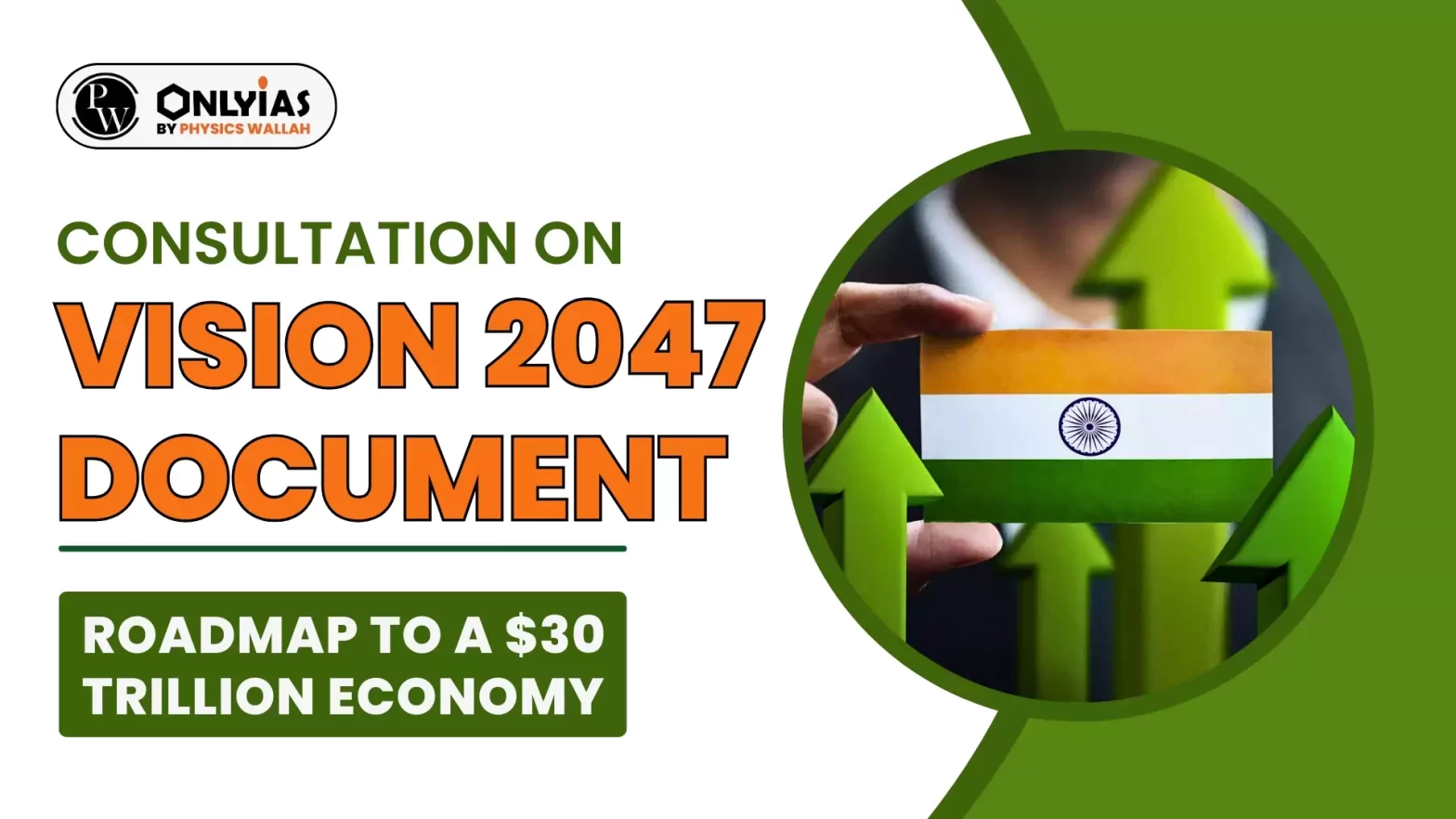![]() 29 Mar 2024
29 Mar 2024

| Relevancy for Prelims: Vision India@2047, Economic Indicators, Annual Survey Of Industries For 2020-22,and India To Be A $ 7 Trillion Economy By 2030.
Relevancy for Mains: Roadmap to make India as a developed nation by 2047 |
|---|
According to the Indus Valley Report 2024, there are three major challenges that could hinder India’s mission to become a developed country:
Investing in human capital and implementing reforms will be key to achieving the goal of becoming a $30 trillion economy with high per capita income.
| Mains Question: Discuss the key challenges that India must overcome to achieve its Vision India 2047 and suggest a roadmap for addressing these challenges. (10 M, 150 Words) |
|---|
| Must Read | |
| NCERT Notes For UPSC | UPSC Daily Current Affairs |
| UPSC Blogs | UPSC Daily Editorials |
| Daily Current Affairs Quiz | Daily Main Answer Writing |
| UPSC Mains Previous Year Papers | UPSC Test Series 2024 |

<div class="new-fform">
</div>